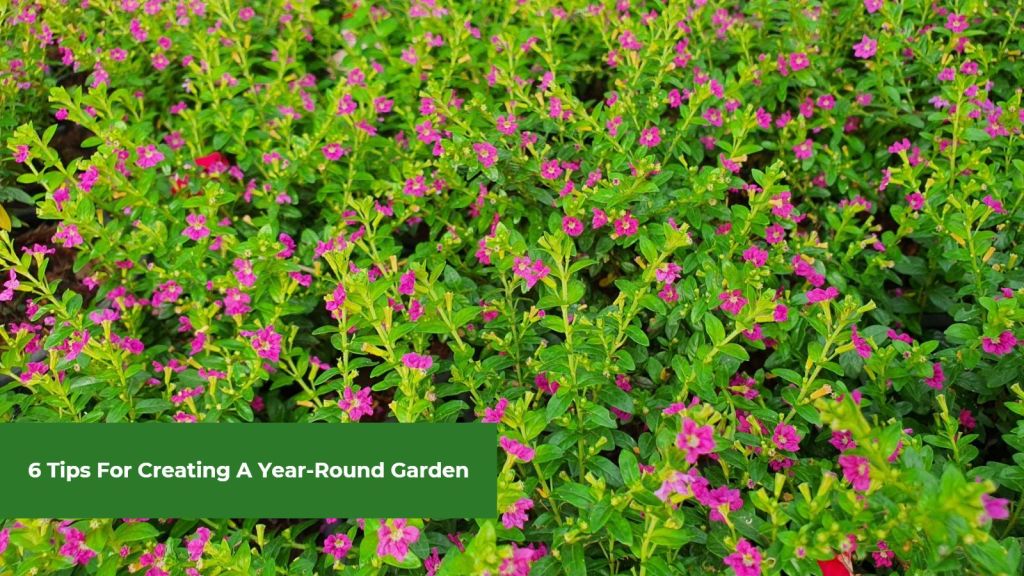In the sunny and vibrant city of San Diego, trees are not just mere decorations. They are vital contributors to the local ecosystem and the overall well-being of its residents. These majestic guardians of nature provide shade and clean air. They add a sense of tranquility amidst the dynamic urban landscape. However, like any living organism, trees face their fair share of troubles.
From drought stress to pest infestations, many challenges can compromise the health and longevity of these leafy companions. That’s why you must stay vigilant and ensure proper tree care with the help of the reliable tree service San Diego professional arborists offer.
This article will explore some common tree problems in San Diego, provide insights on tree diagnosis and assessment, and offer valuable tips on tree care and maintenance. Now, whether you’re a homeowner or a professional arborist, it’s time to navigate through the world of trees so you can preserve the beauty of San Diego’s urban forests.
Common Tree Problems in San Diego
San Diego’s unique climate and environmental factors pose some specific challenges to the health and well-being of trees. And here are some of the most prevalent issues you should know about:
1. Drought Stress and Water Management Issues
Drought stress leads to weakened trees and increased vulnerability to other issues. So, look out for signs such as:
- Wilting leaves
- Leaf scorch
- Premature leaf drop
- Stunted growth
Proper water management is the best way to mitigate these problems. Implementing efficient watering techniques, like deep root watering and drip irrigation systems, can help trees thrive even in dry conditions.
2. Pest Infestations and Diseases
All kinds of pests and diseases can affect the health of trees in San Diego. Some of the more common pests are:
- Bark beetles
- Aphids
- Scales
Root rot and powdery mildew can take hold as well. So, watch for symptoms like unusual spots and discoloration or pests on leaves, stems, and roots. Early detection and proper treatment are genuinely essential to prevent the spread of infestations and control diseases. You can consult with area tree service experts or arborists who can provide accurate identification and recommend appropriate treatments.
3. Soil Quality and Nutrient Deficiencies
San Diego’s soil composition and characteristics can present challenges such as:
- Poor drainage
- Compacted soil
- Nutrient deficiencies
It would be best if you looked for signs of soil-related problems, like:
- Slow growth
- Yellowing leaves
- Reduced vigor
Conducting soil tests to assess nutrient levels and pH balance can guide the application of appropriate fertilizers and amendments to improve soil quality and ensure that trees get proper nutrition.
Tree Diagnosis and Assessment
Accurate diagnosis and tree health assessment are essential for adequate care and timely intervention. So, here are critical aspects of tree diagnosis and assessment:
1. Signs of a Healthy Tree
Recognizing the signs of a healthy tree is the first step in assessing its well-being. Look for the following indicators of tree vitality:
- Full canopy with vibrant and evenly colored leaves
- Strong and stable trunk with intact bark
- Well-distributed branches with no signs of dieback or breakage
- Active growth with the development of new shoots and buds
- Absence of pests or diseases
2. Recognizing Tree Problems
It’s crucial to identify all signs of tree distress and joint problems. Watch out for these symptoms because they may indicate some underlying issues:
- Wilting, yellowing, or browning leaves
- Premature leaf drop or thinning canopy
- Cracks, wounds, or oozing sap on the trunk or branches
- Presence of pests, such as insects or larvae
- Fungal growth or discoloration on leaves stems, or roots
- Unusual growth patterns, such as excessive leaning or stunted growth
Read more: When To Remove A Tree? – Keep Your Yard Safe With This Simple Tip.
3. Seeking Professional Help
While you can do an essential diagnosis and assessment, it’s important to know when to seek professional assistance from experts or certified arborists. It would help if you considered consulting a professional in the following situations:
- When symptoms are severe or rapidly spreading
- If you are unsure about the cause of tree distress
- When dealing with large or mature trees that require specialized care
- If pruning or tree removal is necessary, particularly near power lines or structures
Professional expertise is there to accurately identify diseases, pests, or even some structural issues and recommend appropriate treatment plans.
Tree Care and Maintenance Tips
By implementing these tips, you can ensure your trees thrive in the unique climate and environmental conditions of the region:
1. Proper Pruning Techniques
- Timing: Prune trees during their dormant season, typically in late winter or early spring. Avoid it during periods of active growth.
- Purpose: Understand the goals of pruning, like removing dead or diseased branches, shaping the tree, or improving airflow and sunlight penetration.
2. Mulching and Soil Improvement
- Mulching: A layer of organic mulch around the tree’s base, a few inches away from the trunk, helps conserve moisture, suppresses weed growth, and regulates soil temperature.
- Soil Amendments: Conduct soil tests to determine any nutrient deficiencies or imbalances. Based on the results, apply suitable organic fertilizers or amendments to improve soil quality.
3. Regular Tree Inspections and Maintenance Routines
- Inspections: Conduct regular visual inspections of your trees, and look for signs of pests and diseases. Remember to pay attention to changes in foliage, bark, or overall tree appearance.
- Watering: Adequately water your trees, especially during dry periods. Deep watering at the tree’s dripline encourages healthy root development.
- Professional Care: Engage the services of tree service professionals for tasks like large-scale pruning, tree removal, or more complex treatments. They possess the expertise and equipment to ensure proper care and minimize risks, so you don’t have to worry about anything.
Conclusion
As you conclude this comprehensive guide to tree diagnosis and care in San Diego, it’s probably already evident that trees play a vital role in maintaining the beauty and well-being of the urban environment. Remember, every tree has a unique story, and everyone is responsible for preserving and protecting them.
So, now, you can embark on your journey of tree care, knowing that your efforts today will shape a sustainable legacy for generations to come. Your efforts will nurture the living treasures that grace the landscapes and make San Diego blossom with its trees’ beauty.
Read more:





















